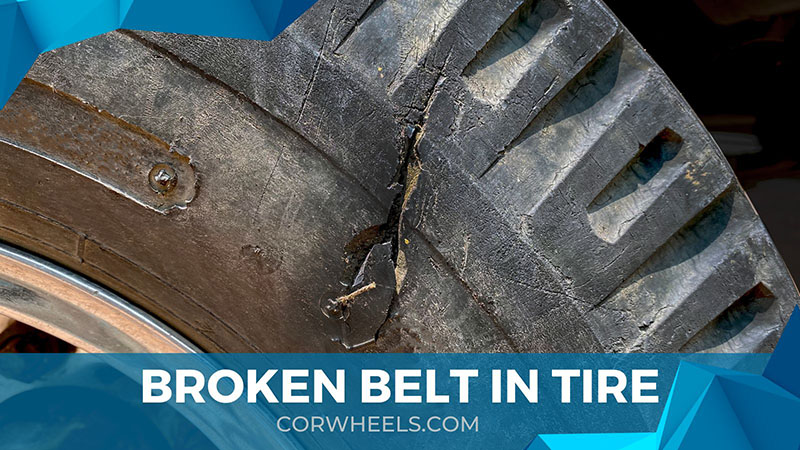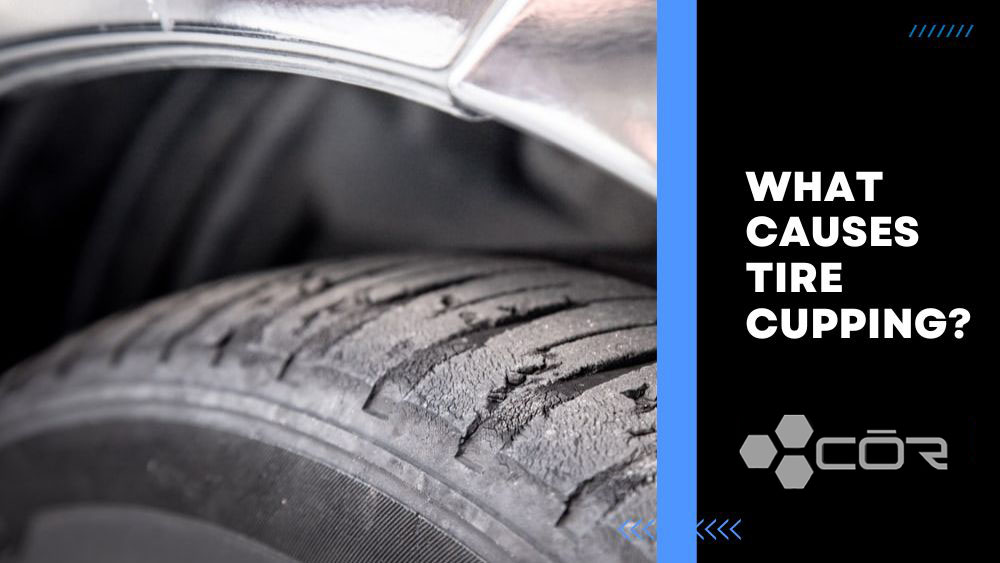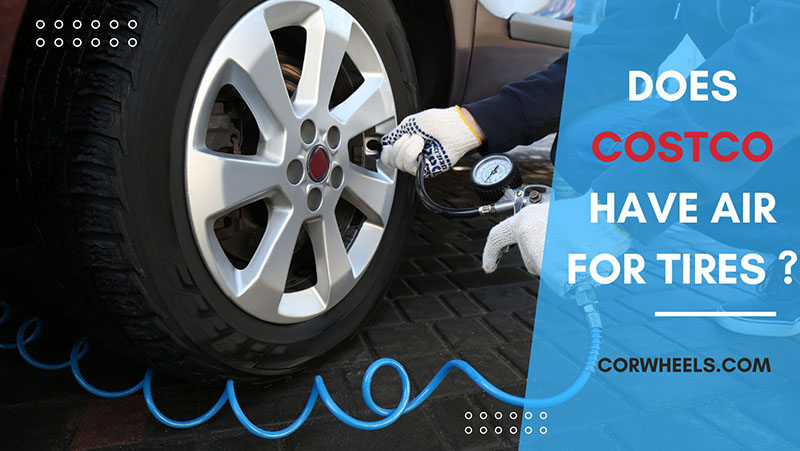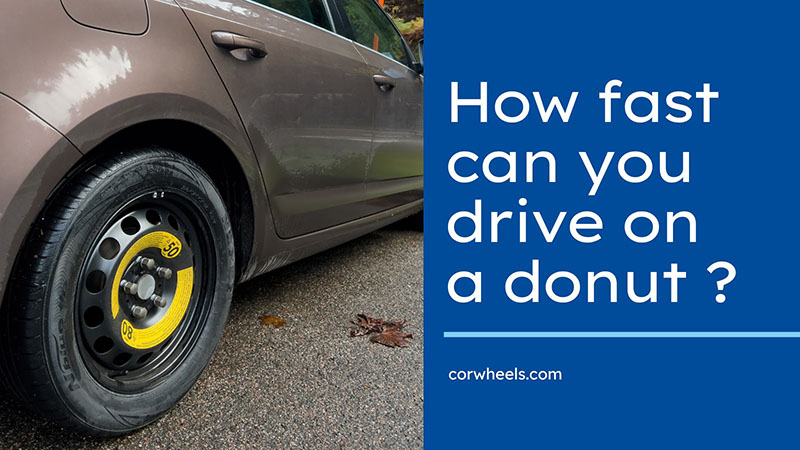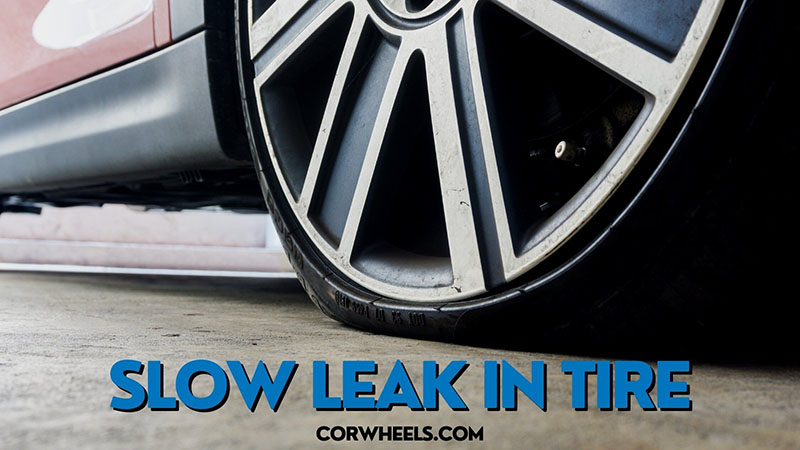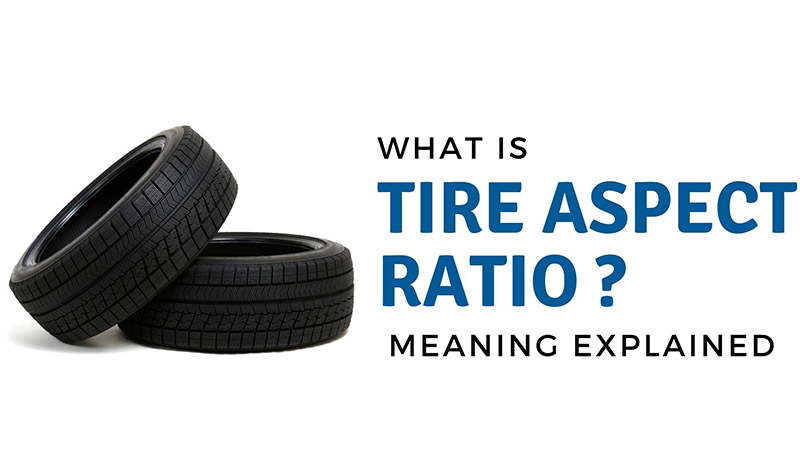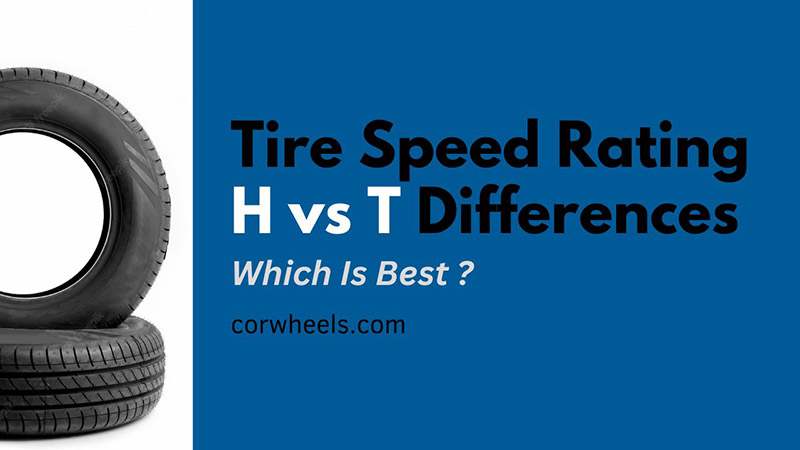Belts broken in tires are by no means uncommon, especially for cars and vehicles often engaged in long-hour trips.
Though they do not pose much immediate danger to the car’s system, neglecting these malfunctioning devices is out of the question. Experts suggest diagnosing them as soon as possible to ensure no harm comes your way!
But how to do that, though? That’s the purpose of this insightful article. We will address all there is to know about shifted belts in tires.
In this article:
Broken or Slipped Belt Tires – What Are The Common Reasons?
1. Rough Roads
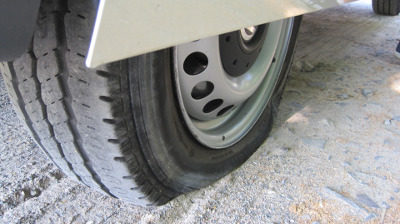
Tires and wheels take the most abuse for any vehicle. They take charge of ensuring smooth rides for the car, after all, meaning their frequent contact with road obstacles is inevitable.
And that’s bad news for drivers who often engage on rough terrains! Gravel surfaces or roads filled with potholes are the death of even the highest-quality tires; every slight bump and hit degrades their lifespans little by little. Over time, the belts will become weak, and failure is on the horizon.
Hence, we strongly suggest avoiding potholes and gravel roads at all times – unless you have no other choices.
2. Tread Separations
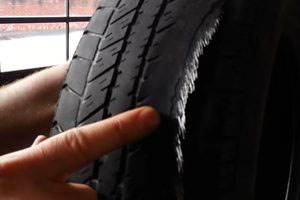
The term “tire treads” refers to a tire’s grooves and pattern for better road grips. They allow your car to stick closely to the road surface in every condition – whether bad or good. Without premium treads, your worn-out tires will keep spinning and slipping.
(Though there are treadless tires – also called slicks – used by dragsters on races, they are rare and undergo different types of production).
So, how does a tread separation occur? It happens when the treads break from the tire, making it bald – like how you slowly peel off a banana. As a result, drivers are left with diminished vehicle controls and poor tire performance.
3. Bad Belts
Although we call them “belts,” they are actually just basic steel cords installed into the rubber’s layers to keep the tire in good shape and give it durability. Few tire makers distribute their own belts, requiring drivers to seek them from outside vendors or aftermarkets.
While many vendors/markets offer great quality and measures for the belts, there are even more vendors that do not. They might use bad steel or lackluster screws, leading to huge problems once in use. For one, such poorly crafted belts easily break into small pieces and compromise the entire tire’s quality.
Well, the only choice you have here is to buy new tires. Also, turn to trustable services – whose experienced staff can help you find the best tires and steel belts for your precious car.
4. Others: Impure Rubber or Reckless Driving
Rubber impurity is a rare cause, but it can still happen even for high-quality products. Its rubber exterior might not have been properly cured during the manufacturing process, allowing impure substances to invade the flat tire.
Aside from that, pay attention to your reckless driving. Rough terrains, though dangerous, might still not harm your car if you remember to drive it at moderate/low rates. Otherwise, rugged surfaces and ridiculously high speeds are a deadly combo, deteriorating the belts startlingly fast until they finally break.
What Are The Most Common Broken Tire Belt Symptoms?
Spotting a busted belt in tires is quite straightforward due to their transparent, visible signals. Check out the following symptoms:
1. Shaky and Vague Steering Wheel

One core function of tire belts is to sustain accurate steering. Hence, when they break, drivers can feel vague shudders that go through the automobile steering columns onto the wheels.
These belts also tend to slip/slide off their position, making you feel like the car is constantly pulled to the right or left. That’s understandable; your car balance has been long lost, after all. And it holds true for motorbikes with a broken belt in tire sidewalls.
2. Violent Vibrations
Another detectable signal of damaged belts is excessive vibration – even at lower speeds.
Why does it happen? The belts are designed to foster solid rubber tread structures. When they slip off or break, every contact point becomes uneven and causes instant vibrations.
In most cases, front tires are more affected than the back ones. But if the vibrations persist even when your car runs very, very slowly, it’s time to inspect the back tires, too. That applies to all car models, especially front-wheel vehicles.
3. Loud Thumping Noises
Shakes and vibrations are terrible, but unfortunately, that’s not all. Horrible, loud noises on highway drives are at play, too! They will sound even clearer at slow speeds – since fewer road noises are intervening.
And where does the sound even come from? Simple: since defective belts cause uneven surfaces, the tire’s rubber contact point with the pavement also becomes unstable. As such, the spot next to the belt strikes the road even harder, resulting in thumping noises.
4. Humps During Tire Rotation
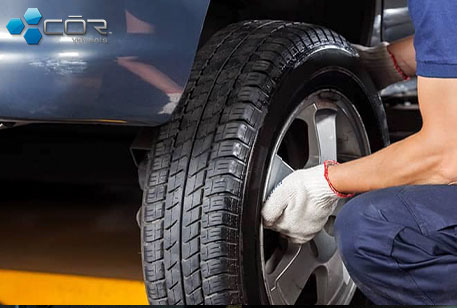
Inspect how the tire rotates. If its belt is broken, visible humps will pop up after the steel band rubs against the shells.
The best way to confirm is to ask for a second helping hand:
- Ask your friend to stand on one car side (whichever side is fine). Next, pull up slowly while keeping an eye on every tire.
- Is there no hump detected? Tell your friend to go to the car’s other side and inspect the remaining two tires. The humps (if any) compared with one or two signals already introduced above imply big trouble!
Thus, you MUST exert great caution while using these tires, as their rubber areas are very weak at this point due to unstable support. Tire blowouts will attack you any moment!
And once you find the right time, bring the vehicle to tire dealers as soon as possible to discuss replacement options.
5. Engine Misfires
Do not forget that the belts also synchronize your engine’s cylinders and valves. If they skip even just one beat, the cylinders will close or open up too early, causing the engine (and your defective tires, in return) to run horribly. In some cases, the check engine lights will turn on, too.
We cannot deny that engine misfires are rarer than the other symptoms; that doesn’t mean they cannot happen, though. Sure, numerous possible reasons are behind misfiring engines other than only tire belts, but there’s no way average drivers can be 100% sure about it. The best bet is to have the vehicle checked by professionals immediately.
What Is The Average Cost for Broken Belt Fixes?
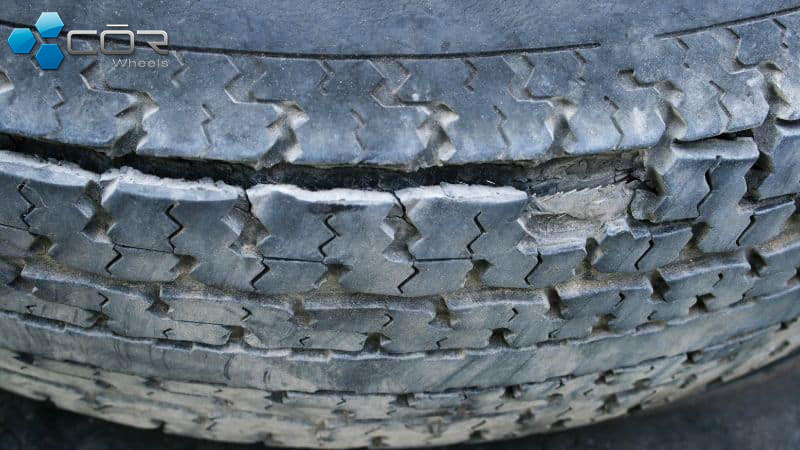
The belts themselves charge about $50, while follow-up labors are approximately $150. Other extra services might add up to the total cost, but expect to spend $70 to $200 for most car models.
How Long Can You Drive on A Broken Tire Belt?
Neglecting the belt treatments only lasts the car for 2-3 weeks. Once the belt snaps, the vehicle will die completely; do not wait until that happens!
How Often Should You Replace Them?
A general estimation is about every 50,000 miles. However, note that this number may stoop lower or rise higher depending on your car’s model and type.
FAQs
1. How Many Belts Does A Tire Have?
Usually two, laid at opposing sides and angles.
2. What Happens If The Belt Breaks While Driving?
Your engine will suffer severe damage, breaking down the car entirely. You will have no choice but to tow the vehicle to the nearest auto shop for (very costly) repairs.
Conclusion
How long can you drive on a broken tire belt, and what are their symptoms?
Our article has answered these questions for first-timers. While the damaged belts are still usable for a short time, do not test your luck. Have them fixed at auto shops/tire manufacturers before the car dies completely!

